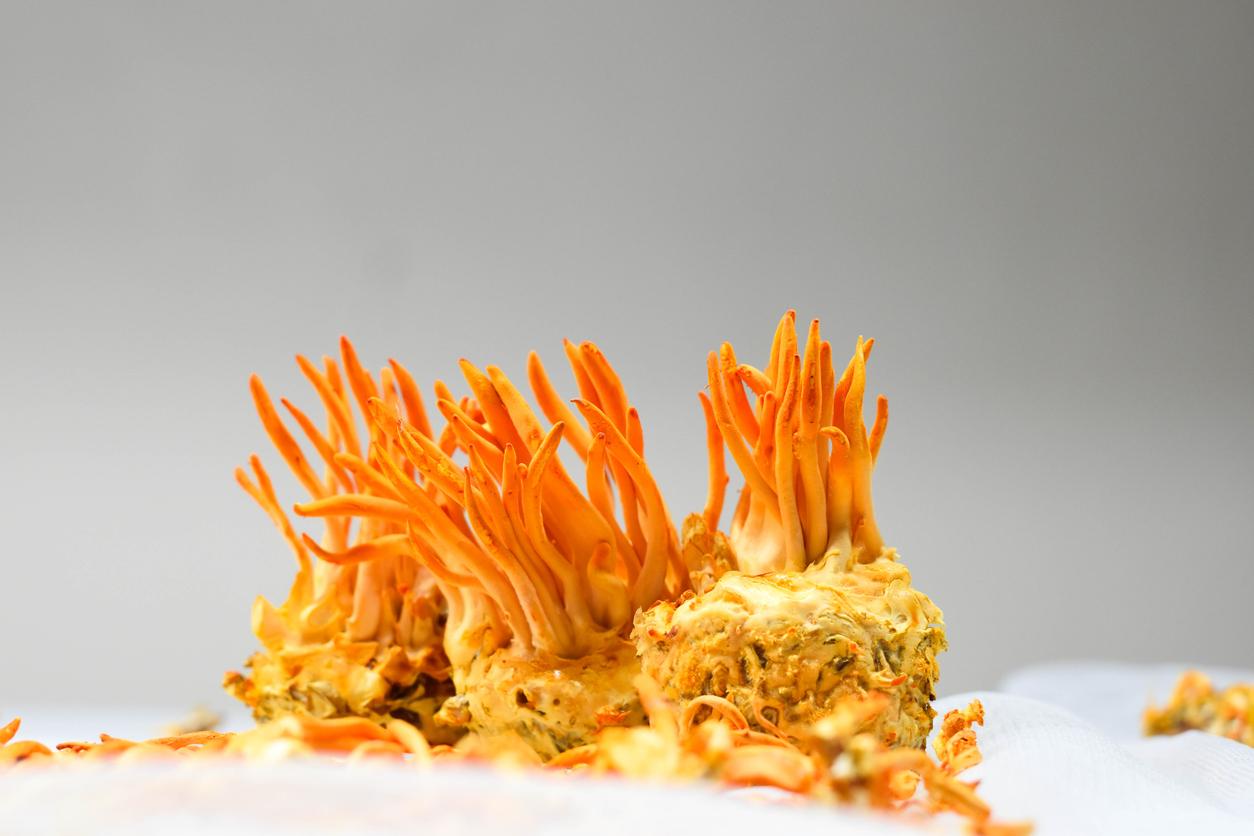Last February, the National Medicines Safety Agency (ANSM) launched a pharmacovigilance survey on docetaxel, a medicine prescribed to prevent recurrence in the event of breast cancer. This investigation followed the report of death of 18 patients, since the product was marketed in 1994.
At the end of this investigation, the ANSM and the National Cancer Institute (Inca) have just lifted the recommendation to temporarily avoid the use of docetaxel in infiltrating non-metastatic breast cancers.
1 death per 10,000 patients
“The results of the investigations carried out by the ANSM control laboratories confirm the quality of all the docetaxel specialties marketed (originator and generics) in France. In fact, the national pharmacovigilance survey which covered more than 600,000 patients treated, showed that the cases of serious adverse effects, such as colitis or septic shock, and deaths, remain rare during the 20 years of marketing of this drug “ underline the health authorities. The number of deaths would be of the order of 1 per 10,000 patients exposed to docetaxel.
Like many other cancer medicines, docetaxel has side effects and there are risks to its use. The Institut Curie had also announced in February, he would stop using it.
But the Inca and the ANSM consider that these risks should not deprive patients of these effective drugs. “However, in order to reduce the risks and strengthen the supervision of the use of taxanes (docetaxel and paclitaxel), the Inca and the ANSM are educating healthcare professionals and patients on the risks of neutropenia, enterocolitis, neuropathies and hypersensitivity reaction, including ” underline the health authorities in a press release.
In October 2017, the National Cancer Institute intends to issue an expert opinion on the place of these molecules in the treatment of non-metastatic invasive breast cancer and the procedures to be adopted for the management of certain potentially serious adverse effects.
Read also :
Breast cancer screenings on the decline
Cancer screening: a new technique based on dog flair


















